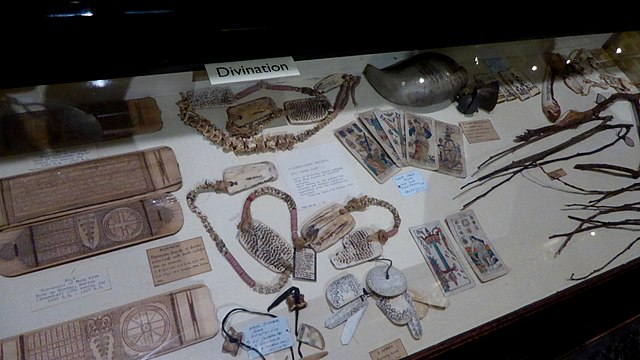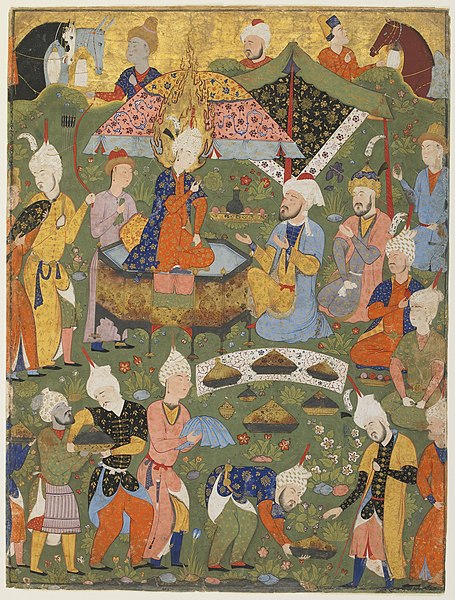The I Ching or Yi Jing, usually translated Book of Changes or Classic of Changes, is an ancient Chinese divination text that is among the oldest of the Chinese classics. The I Ching was originally a divination manual in the Western Zhou period (1000–750 BC). Over the course of the Warring States and early imperial periods (500–200 BC), it transformed into a cosmological text with a series of philosophical commentaries known as the "Ten Wings". After becoming part of the Chinese Five Classics in the 2nd century BC, the I Ching was the basis for divination practice for centuries across the Far East and was the subject of scholarly commentary. During the 18th, 19th and 20th centuries, it took on an influential role in Western understanding of East Asian philosophical thought.
Title page of a Song dynasty (c. 1100) edition of the I Ching
Fifty yarrow (Achillea millefolium) stalks, used for I Ching divination.
Wood block printed page of Zhou Yi Zhuan Yi Da Quan depicting the eight trigrams
A diagram of I Ching hexagrams sent to Gottfried Wilhelm Leibniz from Joachim Bouvet. The Arabic numerals were added by Leibniz.
Divination is the attempt to gain insight into a question or situation by way of an occultic ritual or practice. Using various methods throughout history, diviners ascertain their interpretations of how a querent should proceed by reading signs, events, or omens, or through alleged contact or interaction with supernatural agencies such as spirits, gods, god-like-beings or the "will of the universe".
Display on divination, featuring a cross-cultural range of items, in the Pitt Rivers Museum in Oxford, England
Russian peasant girls using chickens for divination; 19th-century lubok.
Joseph Enthroned. Folio from the "Book of Omens" (Falnama), Safavid dynasty. 1550. Freer Gallery of Art. This painting would have been positioned alongside a prognostic description of the meaning of this image on the page opposite (conventionally to the left). The reader would flip randomly to a place in the book and digest the text having first viewed the image.







